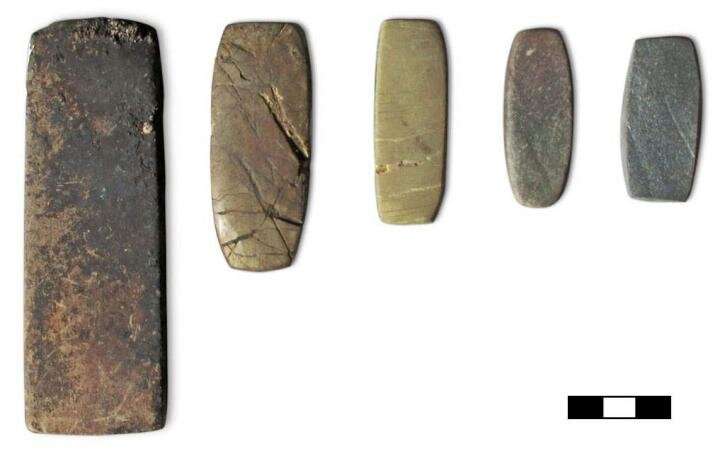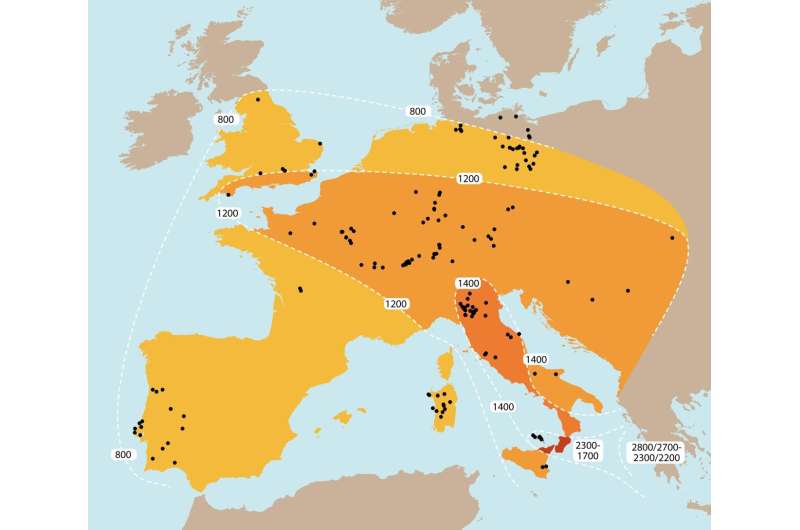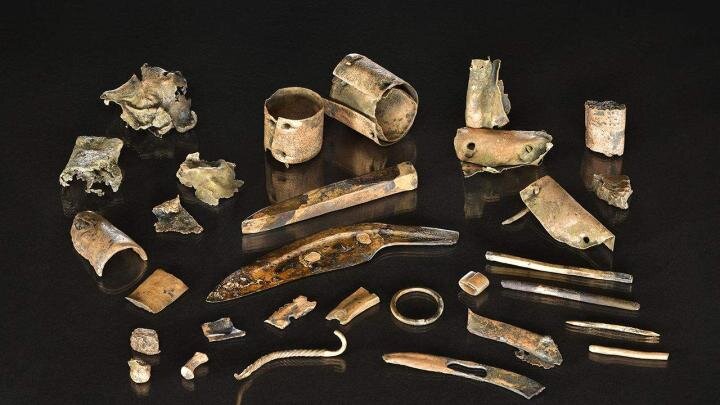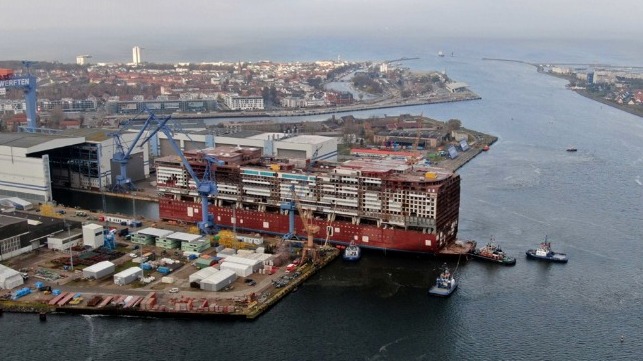[ad_1]
Bronze Age money all over Europe: Metal remains from the ‘soldier’s bag’ of the late Bronze Age battlefield in the Tollenseer Valley, Mecklenburg-Western Pomerania Photo credit: Volker Minkus, Copyright Thomas Terberger
How did people in the Bronze Age manage their finances before money was spread? Researchers at the Universities of Göttingen and Rome have found that bronze scrap found in Europe was in circulation as a means of payment. These scrap pieces – including swords, axes, and pieces of jewelry broken into pieces – were used as cash in the late Bronze Age (1350-800 B.C.) and actually conformed to a weight system used across Europe. This research suggests that in Western Eurasia the everyday use of junk for cash by ordinary people about 1000 years before the dawn of classical civilizations has evolved into something very similar to our “global market”. The results were published in Journal of Archaeological Science.
This study analyzed around 2,500 metal objects and fragments from the thousands of late Bronze Age fragments excavated over time in Central Europe and Italy. The researchers used a statistical technique that could be used to determine whether a sample of measurements could be traced back to an underlying system. This technique can, for example, detect whether the analyzed objects are multiples of a unit of weight. The researchers’ analysis provides very meaningful results for fragments and scrap, which means that these metal objects have been intentionally fragmented in order to maintain given weights. The analyzes confirm that the unit of weight that regulated the mass of metals was the same unit that was represented in European counterweights of the same period. The researchers conclude that these scraps were used as money and that the fragmentation of bronze objects was aimed at obtaining “loose change” or cash.
Prehistoric trade is commonly imagined as a primitive system based on barter and the exchange of gifts, with money appearing as some sort of evolutionary milestone somewhere during the emergence of western state societies. The study challenges this notion by introducing the concept that money was a bottom-up convention rather than a top-down regulation. Bronze Age money in Western Eurasia arises in a socio-political context in which public institutions either did not exist (as in Europe) or were not interested in the implementation of any kind of monetary policy (as in Mesopotamia). In fact, money was widespread and used on a daily basis among all levels of the population.

The mathematical analysis of balance weights (such as the Bronze Age balance weights from southern Italy shown here) and metal scrap in Italy and Central Europe shows that the unit of weight (shekels) corresponds to the weight of the metal scrap. This suggests that they were used as a common currency across Europe. (Scale = 3cm) Credit: N Ialongo
The spread of the use of scrap metal for cash came against the background of the formation of a world market in Western Eurasia. “The pre-minted money was not ‘primitive’ because money in front of coins fulfilled exactly the same functions as modern money today,†explains Dr. Nicola Ialongo from the Institute for Prehistory and Protohistory at the University of Göttingen. Ialongo adds, “The use of this scrap metal was not an unexpected development as perishable goods were likely used as currency long before the discovery of metallurgy, but the real turning point was the invention of weighing technology in the Middle East around 3000 BC. For the first time in human history, there was an objective means of quantifying the economic value of things and services, that is, of assigning a price to them. “

Map showing the distribution of weighing technology in Bronze Age Europe (approx. 2300-800 BC) Credit: N Ialongo
On the origin of the money: Ancient European treasuries full of standardized bronze objects
Nicola Ialongo et al., A Small Revolutionary Change. Weight systems and the emergence of the first pan-European money, Journal of Archaeological Science (2021). DOI: 10.1016 / j.jas.2021.105379
Quote: Scrap for cash: the Bronze Age saw a revolution in change across Europe (2021, May 7th), accessed on June 9th, 2021 from https://phys.org/news/2021-05-scrap-cash-bronze-age- witnessed.html
This document is subject to copyright. Except for fair trade for private study or research purposes, no part may be reproduced without written permission. The content is provided for informational purposes only.
[ad_2]




